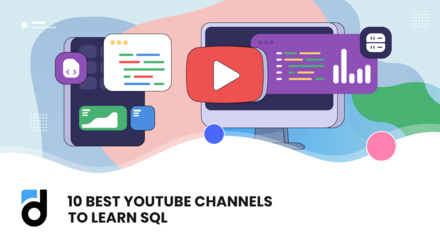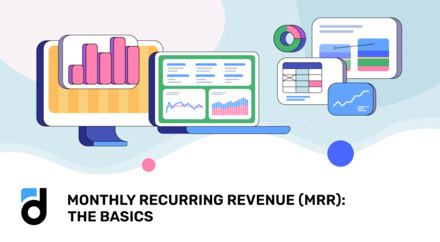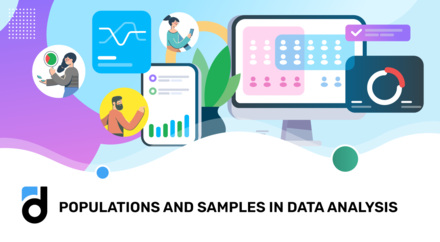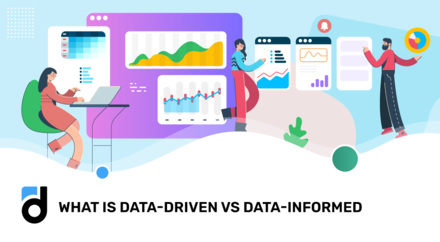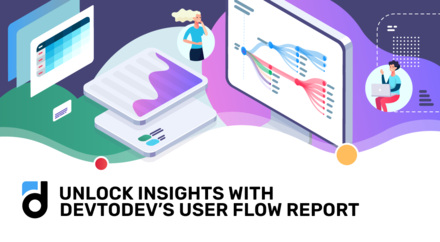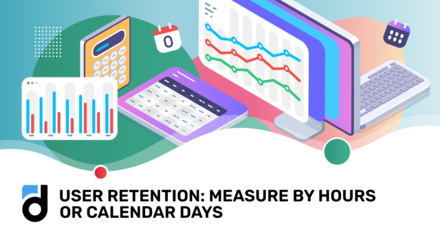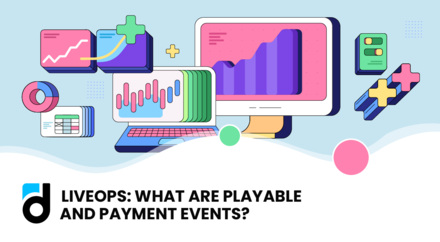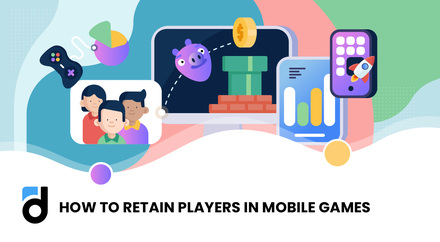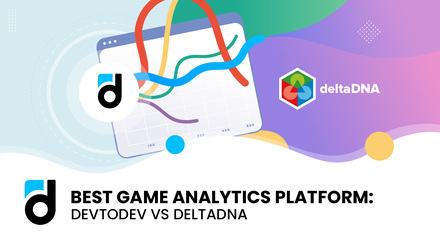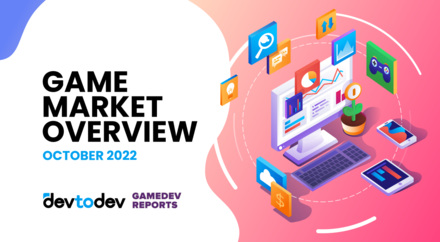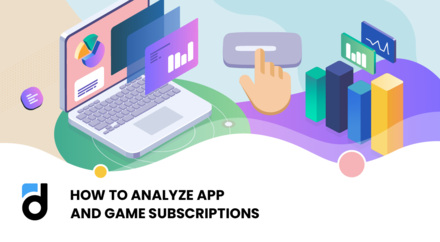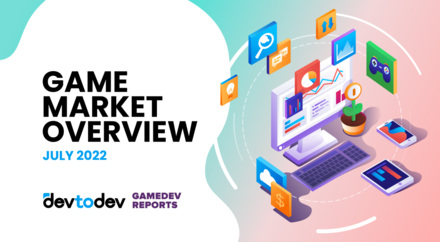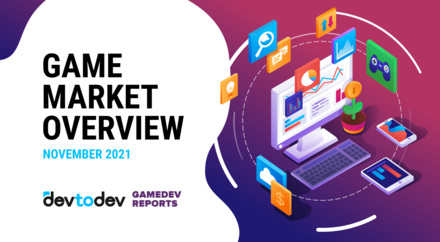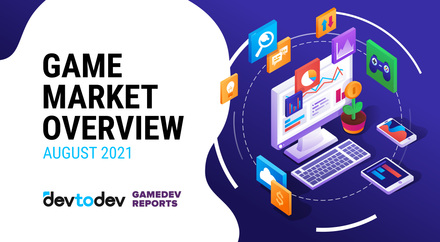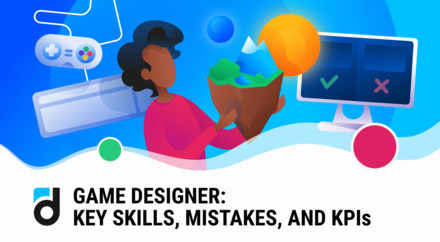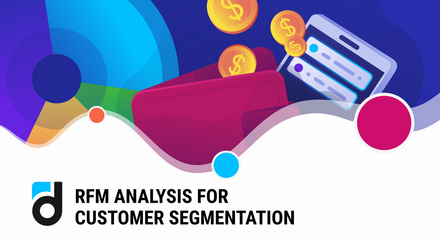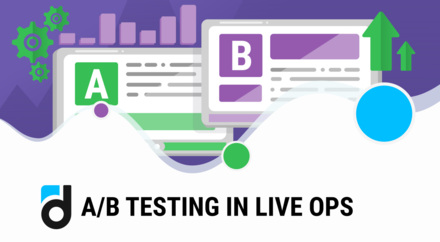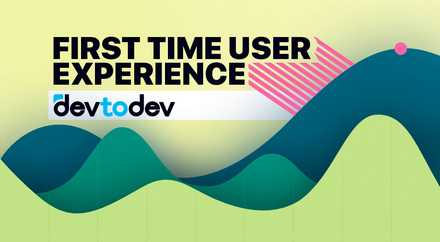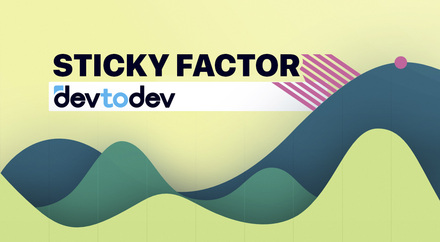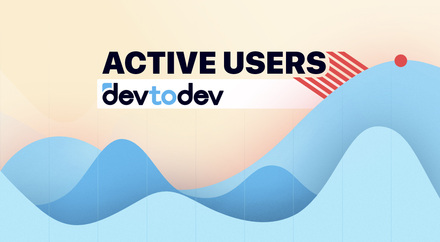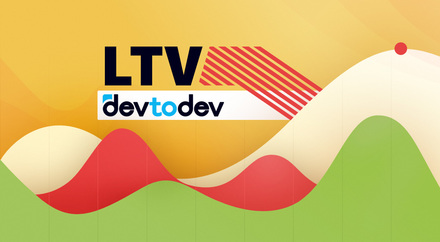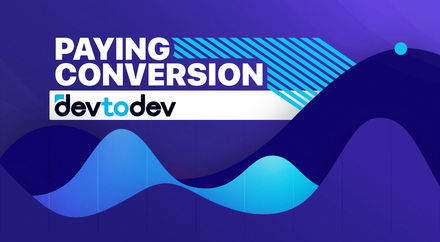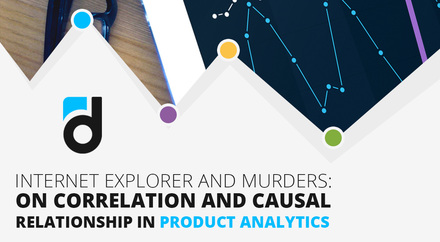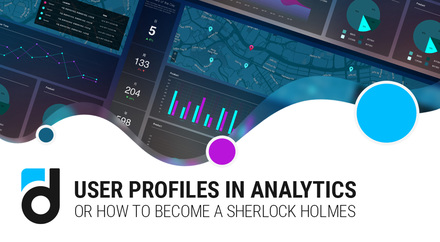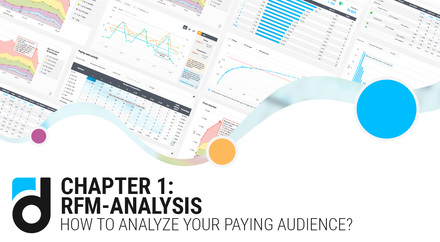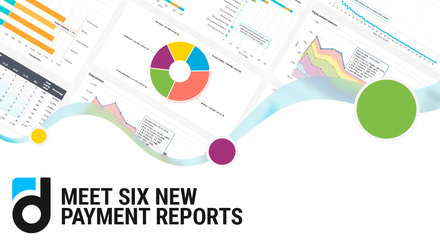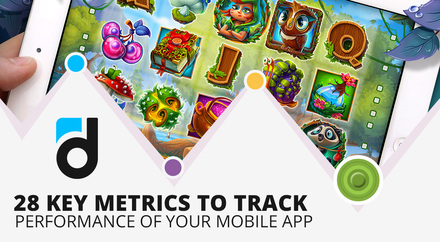App user segmentation is breaking down the entire audience into some segments of users which differ in terms of their behavior and/or response to changes. Users are quite a diverse lot and if you have specific subsets, you can use tailor-made marketing techniques, messages, and activities, and achieve a better response rate to any campaigns and activities.
In terms of analytics, any small online project collects more information than most small or middle size retailers because any data is readily available via a simple SQL query or through an analytical system. Mobile user segmentation is one of the best practices utilized in analytics.

You probably already understand how important user segmentation is. From the following article, you will learn what to do with this knowledge - how to set up goals and proceed with analytics.
Read more: RFM Analysis for Customer Segmentation
Segmentation Goals
In segmentation, even more than in any other analytical method, it is important to lay down the end goals that you want to achieve. Anyway, if you don’t know where you need to go you will never get there. Define the goals, discuss them with related teams or specialists and only then start moving.
You may strive to:
-
Provide a better understanding of your audience - what they like, what they dislike.
-
Increase conversion to purchase rate.
-
Identify various opportunities
-
Improve a certain aspect of the product
-
Improve your ad targeting
-
Increase your revenue (one of the most general goals that requires defining smaller steps and smaller goals)
-
Absolutely any other goal. You may even want to define a segment of users who changed the language within a week after the install to see how successfully they completed the tutorial.
With the goal in mind, you need to find an analytics solution that will help you obtain the necessary data (if you don’t have one or if your solution doesn’t have the necessary functionality).

Segmentation Methods
User segmentation for marketing offline goods is way more simple than that for online products. Basically, there are only four types of segmentation - demographic, geographic, psychographic, and behavioral. In case with online products, your segmentation possibilities are endless but they require some preparation.
Read more: App Cohort Analysis
If you build a mobile app then on the development stage you need to choose and implement an analytical system. It will be your main tool when it comes to segmenting your audiences. Profound and well-developed systems like devtodev have many specialized tools and features developed for segmentation.

Segments can be based on many different characteristics like:
-
Basic information (OS, country, device, etc.)
-
Total number of days spent in the app
-
Visit frequency
-
Payments and their total amount
-
User ratings
-
Available features
-
Days without making payments
-
Performing a specific action
-
Various preferences etc.
Here you will need to define which characteristic(s) data you need to reach your goal. This is what your in-house analyst is supposed to do. Or you can ask a freelance analyst for help.

Recommendations on User Segmentation Analysis
We have prepared some useful tips that could help you through the entire process.
-
Plan how small your segments are going to be. If you know that there are not enough users with a specific property then this segment may be useless for experiments because the received results will not achieve statistical significance. And it will not provide any actionable information at all.
-
Each of the identified segments should be homogeneous - include members whose attitude to the problem in question varies the least. While the segments should vary greatly between each other.
-
If you just start and are not sure how deep you should analyze a certain segment, aim for between 4-6 of them. You can add more later if you see that it’s necessary.
While doing an initial analysis, make sure that these people will be of value to you. It’s nice to know absolutely everything about them, but just be mindful of the resources - user segmentation and analysis require a lot of them.




























